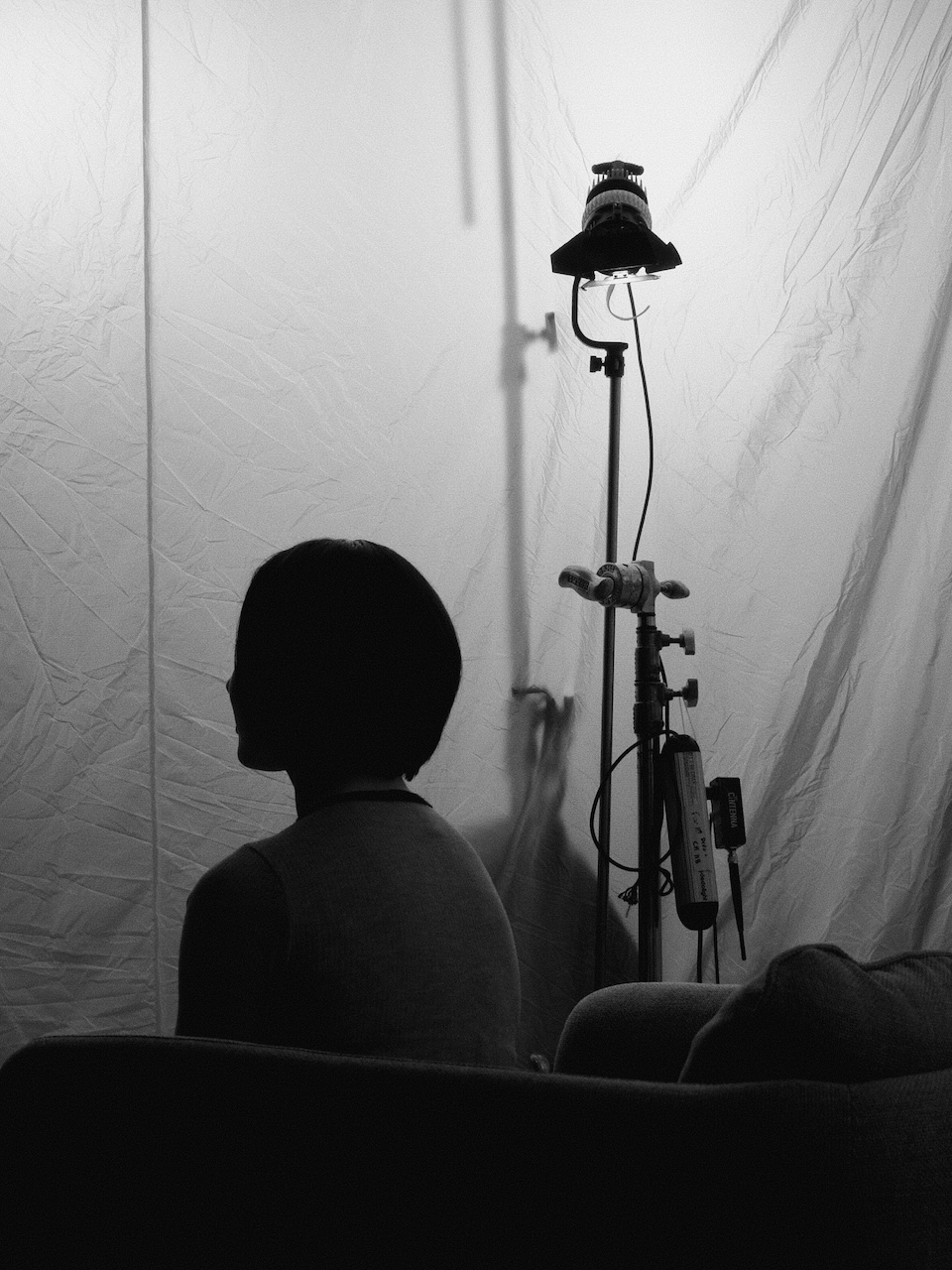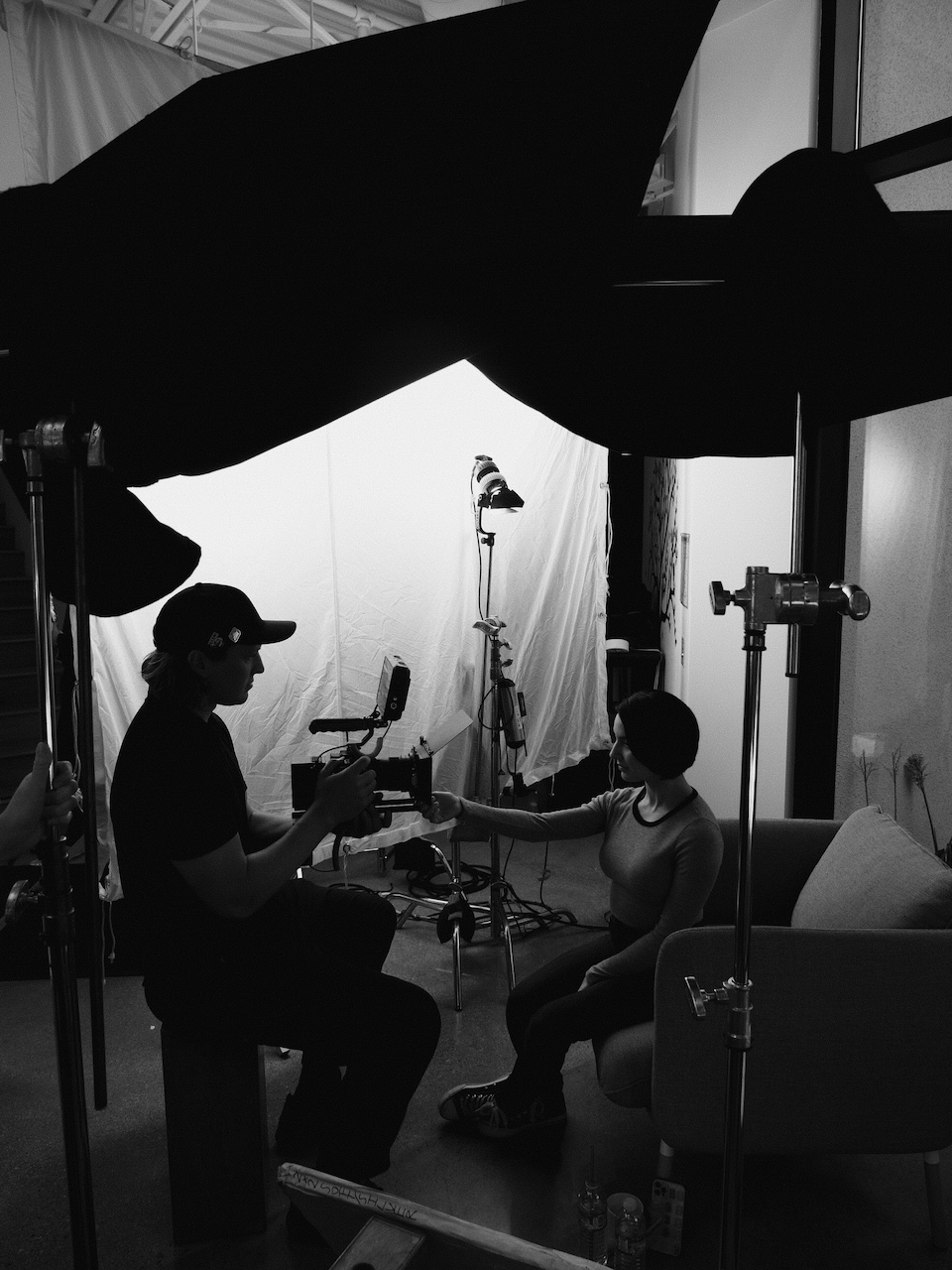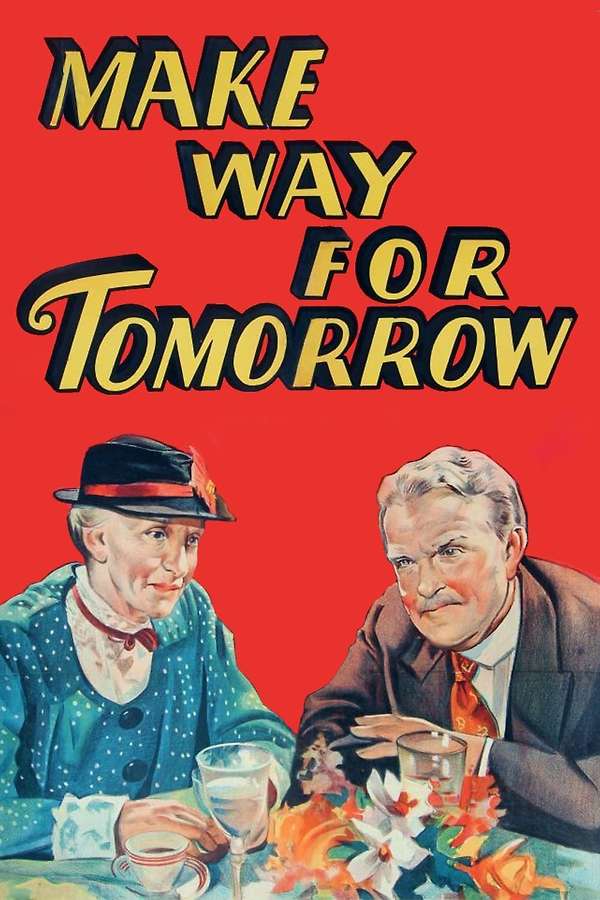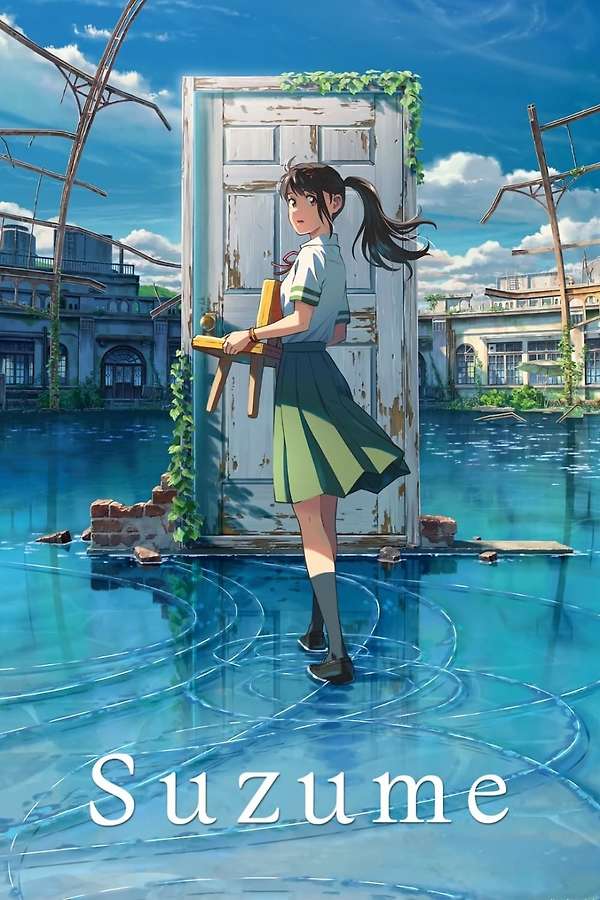A couple of BTS shots from a shoot on Tuesday. 📷🎬


Zelda, Bach, etc.
I’m unreasonably excited for Tears of the Kingdom, so I’ve naturally been talking everyone’s ear off about it, including Anna (my wife! ❤️). I was talking at her about the series and why it means so much to me and so many others, and the music came up. I played some songs for her and she recognized a lot of them from TikTok and such.
Then I decided to pack my bags and go full nostalgia trip by listening to a bunch of Zelda music on YouTube. It happens.
I ended up going way back to the start. And something really caught my ear about this music from the first Zelda game.
I’ve been listening to the Apple Music Classical series The Story of Classical, which I highly recommend. In the episode on the Baroque period, Guy Jones (the host of the series and head of curation for the app) plays back Bach’s Partita No. 2 for D Minor. He calls out Bach’s use of double and triple stopping, the technique of playing two or more notes at once across multiple strings, and how it implies chords and accompaniment beyond what a solo violin was typically capable of.
The NES was also limited in the sounds it could output. It could play two melody lines at once, with a few different wave types and varying volumes. It could play a bass line at one volume and only in a triangle wave. It had a noise channel that could be used for drums or perhaps some odd melodies. It also had a channel that could play very compressed samples. The video below has a good overview.
You can guess where I’m going with this. The original Zelda theme does so much with so little. The high melody sticks to the main notes while the harmony line has a bit more fun with it, echoing and iterating on the theme. The bass keeps everything steady and the drums just tap along. But it implies so much beyond those four channels. You can just feel the whole orchestra playing the theme, starting low and swelling to meet those early high notes. Compare it to the 25th anniversary album that fills in the gaps for the theme:
Excellent as well. But there’s something about the necessary minimalism of the original soundtrack that just hits right. I think something about its implied orchestration ties into that sense of wonder and exploration that has so perfectly been captured in Breath of the Wild. What’s behind that mountain? What’s peeking out from around this hill? Who knows, there could be a full orchestra around any corner!
🍿 Make Way for Tomorrow, 1937 - ★★★★½

A real tearjerker at the end there. Some of the sweetest romance writing of all time. It’s interesting how quickly and completely I shifted from laughing at how old the grandma is to falling in love with her character. Drags a bit here and there, but that final sequence just hits perfectly.
The future of video editing is probably virtual reality.
The rumors of Apple’s AR/VR headset have me thinking about how it might apply to me as a video editor. I’ve long thought that NLEs are somewhat unintuitive systems. Obviously digital video editing can be complex, so it stands to reason that the user interfaces to accomplish it are complex, with a lot of options and control.
But when I think of film editing - meaning physical film editing - it’s somewhat simple at its core. Flatbed editors like the Steenbeck enabled you to get up close and personal with the footage, inspect each frame in its context, then literally cut → trim → paste. This tangibility is somewhat lost in the world of digital video.
I actually think Final Cut Pro X is really close to replicating that tangibility in its UI. Clips aren’t locked to tracks, but instead are anchored by a primary storyline. Dragging a clip into the timeline feels really good. It’s designed with a mouse in mind so it’s really easy to pick up and go. It’s intuitive in the same way cutting footage with scissors and taping them together might feel. It just makes sense.
Another system I’ve used recently is Scenery, currently in beta. It’s this unique cross between a traditional NLE - which works in 1.5 dimensions: the timeline axis and track layering - and something like Figma - which works in 2.5 dimensions: x-axis, y-axis, and a simplified z-axis. You can trim clips, freely move them around a board, and conjoin them wherever you want, making the assembly of sequences much more stream-of-consciousness. Then when it’s time to get into the weeds a bit more you can pop out these sequences into a more traditional NLE timeline view. This builds on Final Cut’s upending of expectations by reintroducing the feeling of strips of film on a table. It’s extremely intuitive in that way. It’s not a perfect product, but this it does very, very well.
That being said, maybe a mouse isn’t the most intuitive control. I’ve really been enjoying the DaVinci Speed Editor I got a year ago (so much that it’s in my profile pic on Mastodon). The jog wheel is intuitive in the same way the magnetic timeline feels intuitive to me. It just makes sense. A timeline moves in two directions so a single axis controller makes a lot of sense for editing with (although this limitation gets a bit annoying on multi-track timelines, which everything becomes eventually). Pressing the split button and hearing the clunk of the mechanical key feels solid and tangible.
But there’s still a disconnect. Because I’m interacting with something in my physical world and watching a screen update. I think it’s the same reason watching magical things happen in a Studio Ghibli film feels more real than a spell cast in a Harry Potter film (or TV show now, apparently 🙄): you, the audience, have already suspended disbelief in engaging with an animated film with animated humans and clearly invented locations. When a character then flies or does something else clearly untrue to reality, there’s no leap of faith or broken immersion because the immersion broke when the film started.
While this is unique to narrative mediums, I think something similar happens with regards to user interfaces. It’s why people hate video games that halt gameplay and become “menu management”. I don’t want to do menu management for my editing system. I just want to put shots together to tell a story. The more you edit, the less you notice the disconnect, but it’s still there, especially when projects come to a grinding halt as the program does something you didn’t expect or you aren’t allowed to do something you thought you could.
This is where something like AR/VR might enter the picture. By leveling the playing field, blurring the lines between our digital interfaces and the physical world or eliminating the lines altogether, I think we’re going to see some really novel interfaces appear. Interfaces that might seek to recreate the tangibility of film editing within the realm of digital video editing, or even beyond that, innovating in new directions we might find hard to imagine currently.
That, for me, is a really exciting prospect - to bring physicality into a digital world.
🍿 Shanghai Express, 1932 - ★★★★

Watched on Thursday April 20, 2023.
🍿 3 Men and a Baby, 1987 - ★★★

Ted Danson looks much better now that he’s old.
🍿 Suzume, 2022 - ★★★

Really impressive animation - there’s a reason like 90% of any desktop wallpaper website is stills from Your Name - but the story lacks focus.